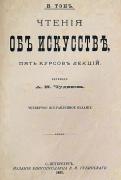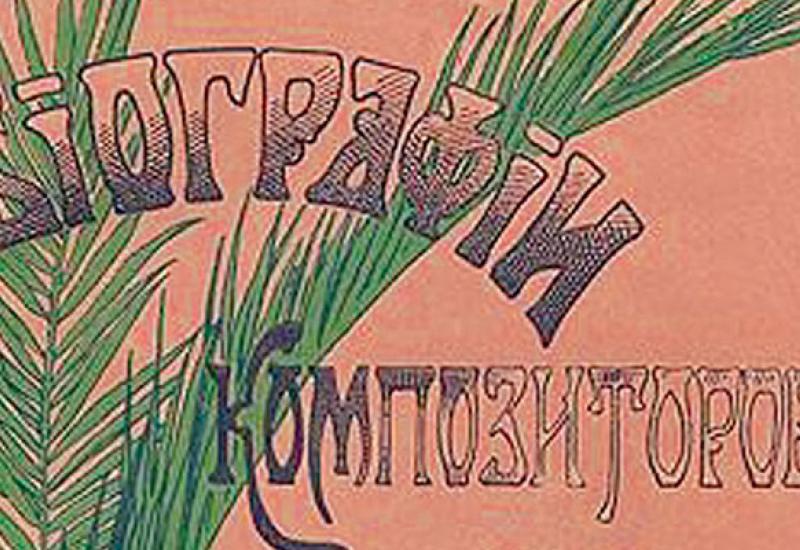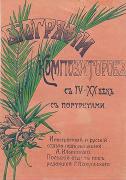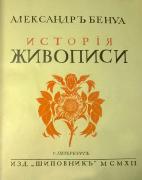The library stock of rare and valuable books of H.I. Denysenko’s Scientific and Technical Library of NTUU “KPI” keeps many books on various branches of science and education, including textbooks from XVIII–XX c. Among the books, the collection of literature on arts and architecture of XIX–XX c. takes noticeable place. In our library they appeared not by accident. For since 1898 year KPI had an engineering department, where the construction chair of art and architecture was functioning.
Here is the book which students from engineering department were studying at the beginning of the XX c., – Civil Architecture. Parts of buildings (3 volumes with 2,887 drafts in them) and The Atlas of Drafts (115 pages and 2221 drafts) by architect engineer M.E. Romanovych, given in 1903 year. Volume I contains following sections: Fundamentals of buildings; Walls; Isolated support; Cornices and the upper parts of the walls; Ceiling; Floor. Volume II contains: Arches; Roofs (trussing and roof covering); Stairs; Holes in the walls. Volume III contains: Water closets; Lightning conductor; Heating buildings. Volume IV consists: Water heating; Ventilation of the living quarters; Service; Platforms and scaffolding; Plates.
And here’s the drawing album Buildings of Modern Rome or Collection of palaces, houses, monasteries and other most important public buildings of Rome by Paul Letarouilly. It was published in 1840 year in French and evoked the general interest in the architecture of the Renaissance.
 Another edition from this section is Talk about Architecture by Eugène Emmanuel Viollet-le-Duc (1863, 2 vol.). The author is outstanding architect, historian, archaeologist, restorer, engineer, decorator and artist. He restored a number of French Gothic cathedrals, Cité de Carcassonne, Château de Pierrefonds. He admired French Romanticism in architecture and some of his projects were the forerunners of modernist style, and later constructivism.
Another edition from this section is Talk about Architecture by Eugène Emmanuel Viollet-le-Duc (1863, 2 vol.). The author is outstanding architect, historian, archaeologist, restorer, engineer, decorator and artist. He restored a number of French Gothic cathedrals, Cité de Carcassonne, Château de Pierrefonds. He admired French Romanticism in architecture and some of his projects were the forerunners of modernist style, and later constructivism.
There is an absorbing book Architectural Style, Part 1 (1898) from architectural historian Ivan Petrovuch Volodikhin. The book is dedicated to the architectural styles of Ancient Egypt, Assyria, India, Persia, Phoenicia and Asia Minor. Most content of the book is the history and stages of Greek and Roman architectural styles, including Etruscan (Tuscan).
A number of books devoted to the history of art.
K. Bayet’s History of Art was published in 1902. In comprehensible language it narrates about history of art since the origins to the XVIII c. The book has 250 illustrations, 28 phototypes and 2 coloured tables. It is interesting to read.
Another excellent book is Reading about Art by H.Taine was given in 1897. The author is Hippolyte Taine – French positivist philosopher, creator of cultural-historical school of art. He proposed the idea of the dependence of changes in the art of changing social needs, life and ideas. He saw art as an organic part of human society and highlighted the social conditions that are typical for him in a certain historical period. It has five lectures devoted to general philosophy of art, philosophy of art in Italy, the Netherlands, Greece and ideals in art.
The book A Brief History of Art, edited by V.V. Bitner in 1903 in the series Encyclopedic Library for Self-Study gives a brief overview of the history of human art, illustrated with drawings and photographs.
Four-volume classic work Painting History of famous Russian art critic, artist and theater critic Alexander Benois was given in the 1912-1916 and is rather interesting. The publication presented the history of almost all areas of art from ancient times o the end of the XIX c. All volumes in many color illustrations insert black-and-white text. Coloured are the reproductions of famous paintings by great artists, and black-and-white are pictures, phototypes, sketches, photos and portraits.
Music admirers may be interested in the book Composers Biographies of IX-XX c., edited by A.Ilyinsky and G.Pakhulsky, and was given 1904. The book contains of three parts. The foreign one begins with the biographies of St. Ambrosius and Pope Gregory I the Great as first authors of church hymns, and ends with the biography of the famous German composer Richard Strauss. The Russian part offers a biography of the Italian composer Francesco Araja who was court Kapellmeister during Empresses Anna Ivanovna and Elizabeth Petrovna reigns. In 1735 Italian opera troupe led by Araja arrived in St. Petersburg and started opera in Russia. The Polish part presented by the biography of St. Vojtěch (Adalbert of Prague) who was a creator of the text and music of the first Polish anthem.
Another great book My Life. Memoirs (in 3 vol.) was written by prominent German composer Richard Wagner which was given in 1911. The pages of the book keep reflections on music and its place in human life, the inspiration and the search for forms of expression, stories about people – famous and ordinary – who have met Wagner in life.
Iakim Volynsky’s Leonardo da Vinci is dedicated to the way of life of brilliant Italian painter, sculptor, engineer and scientist. After publication it has been immediately translated into Italian and the author received the title of honorary citizen of the city of Milan. Documents and materials he collected while exploring Leonardo da Vinci’s life became the basis of the museum. We keep second edition of the book published in Stephan Kulzhenko’s Kyiv publishing house – one of the well-known publishing houses at the time of the Russian Empire. It is completed by new materials, testimonies and the well of the very Leonardo da Vinci. This book is a catalog of one of the most talented artist’s works of art and reproductions of paintings.
A number of works on arts and architecture was presented at the exhibition in the reading room #2. We invite readers to get acquainted with its exposure.



